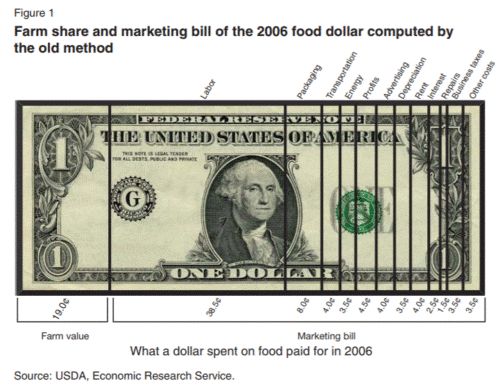What comes after “open source”
▻https://words.steveklabnik.com/what-comes-after-open-source
In a previous post, I discussed the history of open source, and ended with this claim:
Today’s developers have never learned about this history, or don’t care about it, or actively think it’s irrelevant. … For the same reasons that “open source” came up with a new name, I think the movement that will arise from today’s developers will also need a new name.
We talked about the ideological history of open source, but that’s not what developers object to, really. I don’t think developers are moving back towards a world of making source code private. Instead, it’s something related to a very old discussion in free software. To quote the FSF:
“Free software” means software that respects users’ freedom and community. Roughly, it means that the users have the freedom to run, copy, distribute, study, change and improve the software. Thus, “free software” is a matter of liberty, not price. To understand the concept, you should think of “free” as in “free speech,” not as in “free beer”. We sometimes call it “libre software,” borrowing the French or Spanish word for “free” as in freedom, to show we do not mean the software is gratis.
In a similar fashion, I don’t think that developers are turning against the concept of “free as in free speech”. I think that they don’t believe that the current definitions of free software and open source actually produce software that is “free as in speech.”
(…)
t’s that the aims and goals of both of these movements are about distribution and therefore consumption, but what people care about most today is about the production of software. Software licences regulate distribution, but cannot regulate production. (technically they can, but practically, they can’t. I get into this below.) This is also the main challenge of whatever comes after open source; they cannot rely on the legal tactics of the last generation.
(…)
When developers talk about problems they see in open source, it’s often that there are production problems. Companies don’t “give back” money or developer hours. Programmers today don’t seem to be upset that, if they’ve developed any proprietary extensions to their open source software, that those extensions are not shared back with the community. They care that the production process is impeded by additional pressure, without providing resources. If a company were to add a proprietary feature to an open source project, yet pays five employees to develop the open source part further, the FSF sees this as a tragedy. The commons has not been enriched. The new generation of open source developers sees this as a responsible company that thankfully is contributing to the development of something they use and care about.
Software licenses can only restrict what people can do when they distribute the source code, and that’s it. It cannot force someone to have a bug tracker, or a code of conduct, or accept your patch. Copyleft can force an absolute minimal “contribution” back to your project, but it can’t force a good-faith one. This makes it an inadequate tool towards building something with the kinds of values that many developers care about.
(…)
This image on a product is part of a process called “certification.” The image itself is referred to as a “certification mark.” In order to use this image on your product, you apply to a “certification body”, in this case, the USDA. This body has set up some kind of tests, and if your product passes them, you gain the ability to say that you’ve passed the certification. I chose organic food on purpose here; most aspects of this certification are about the process by which the food is produced.
Technology is no stranger to these kinds of processes:
So in theory, one could imagine an organization that produces a different kind of document. Instead of a license for the source code, they would provide a way to say uh, let’s go with “Open Development Certified.” Projects could then submit for certification, they’d get accepted or rejected.


























































